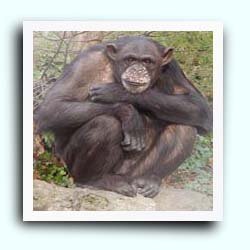|
Zoopharmacognosy
zoopharmacognosy is the name of the procedure by which animals treat themselves, by utilizing and selecting soils, plants, and insects to prevent and treat disease.
“The probability that animals may have something to teach us about the medicinal use of plants is quite high” Michael Huffman a primatologist at the Kyoto University in Japan. Do you find it odd that more can be learned about medicine just by watching animals? I do not. How do you think the San Bushman and other indigenous tribes around the world gained medical knowledge? Eloy Rodriguez a biochemist and professor at Cornell University coined the term zoopharmacognosy. In 1980, Richard Wrangham, a Harvard primatologist working in Tanzania, noticed some chimps grimaced every time they consumed a particular leaf. Wrangham and Rodriquez were friends, so he sent some of the samples out to him for analysis. It was discovered the plant had compounds that slowed down the growth of certain parasites that caused disease. Rodriquez said "If it hadn't been for the animal behavior, "I never would have looked at that plant. Further study showed it to also inhibit the growth of the solid tumors found in colon and breast cancer. We're still trying to find the mechanism by which it works." Rodriquez has gone on to study the behavior of monkeys in Uganda; He has done a large amount of work with capuchin monkeys in South America. These monkeys rub their fur with particular plants. Rodriquez stated, "They're not eating or rubbing these things randomly," he says. "They're carefully selecting them for medication. Some Brazilian parrots consume a type of clay called kaolin. A scientist for the World Wildlife Fund called Holly Dublin follow a pregnant African elephant for longer than a year. She saw that it followed a strictly unvarying diet and a pattern of day-by-day behavior until it is close to conception. When conception time arrived, it walked seventeen miles in just one day. It was more than usual three miles, which she walked. Then elephant then went on to eat a tree from the Boraginaceae family. She ate the leaves and the trunk. Four days afterwards, she gave birth. Dublin discovered Kenyan women induce labor by brewing tea leaves of the tree. Dublin believes this is much more than just a coincidence and so do I. Return from zoopharmacognosy back to natural healing home.
|
Loading



